Vivo V20
Two-minute review
The last few months have seen a lot of smartphone launches in the sub Rs 30,000 segment of India, following a somewhat dry spell and lack of options from many brands. With great new offerings in the form of the OnePlus Nord, the Samsung Galaxy M51, the Realme X3 series and others, Vivo now faces heat on its home turf. Its response is the Vivo V20 — a phone that covers the basics and goes on to offer some unique features for a growing niche.
With content consumption reaching all-time high levels, creation naturally followed suit. Vivo hopes to cater to the new breed of users who rely on their cameras for a lot more than the occasional click here and there. Be it selfies, vlogging, social media or video calls, the Vivo V20 has something for everyone whose usage includes a lot of photography or videography. In fact, it is one of the only phones to offer actual autofocus abilities on the front camera.
The 44MP Eye AF selfie camera seems legitimate in our initial testing. It is quick to focus and adjust the metering, be it photos or videos. The rear cameras are modest in comparison, with a 64MP primary shooter, an 8MP ultra-wide lens that doubles as a macro camera and a 2MP mono camera.
On the inside, it is powered by the popular Snapdragon 720G chipset. While it is usually seen on more affordable smartphones, it is pretty capable and consistent on the Vivo V20, especially if you’re not big on gaming.
The design is also supposed to be a strong point of the device. It is one of the thinnest and lightest phones of the season with a unique back panel that changes colours each time you look at it. This does come with a compromise: a smaller 4,000mAh battery. Thankfully, 33W fast charging is still around.
Historically, the software skin on Vivo phones has been the weakest point. On the V20 however, Vivo has outdone itself with a much cleaner UI while also claiming the crown for the first phone to ship with Android 11.
At a starting price of Rs 24,990 in India, the Vivo V20 is not a cheap phone if you just look at the specs. However, if you value camera features and design over raw performance, this might just be the phone for you.
Vivo V20 price in India and availability
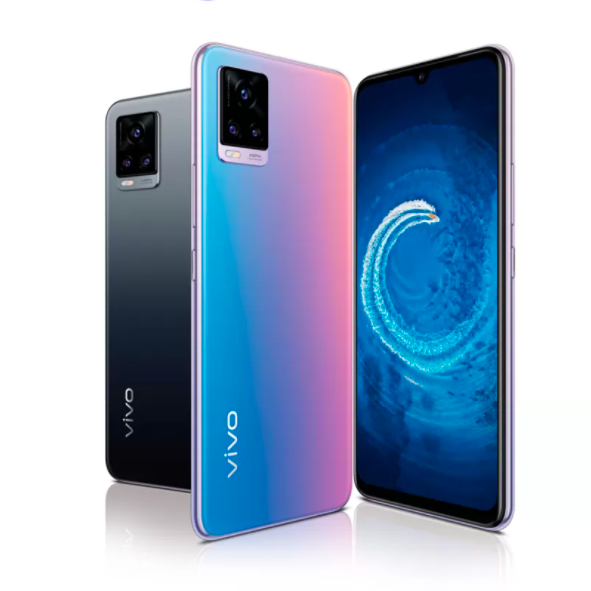
Check out the Vivo V20 on Flipkart
128GB: Rs 24,990 | 256GB: Rs 27,990
Colours: Midnight Jazz, Moonlight Sonata, Sunset Melody
The Vivo V20 launched in India on October 13. It comes in two storage configurations, with the base 128GB variant being priced at Rs 24,990 and the 256GB model at Rs 27,990. Colour options include Midnight Jazz, Sunset Melody and Moonlight Sonata. Pre-orders are now open and will be available for purchase starting October 20 on Flipkart and offline retailers.
Design

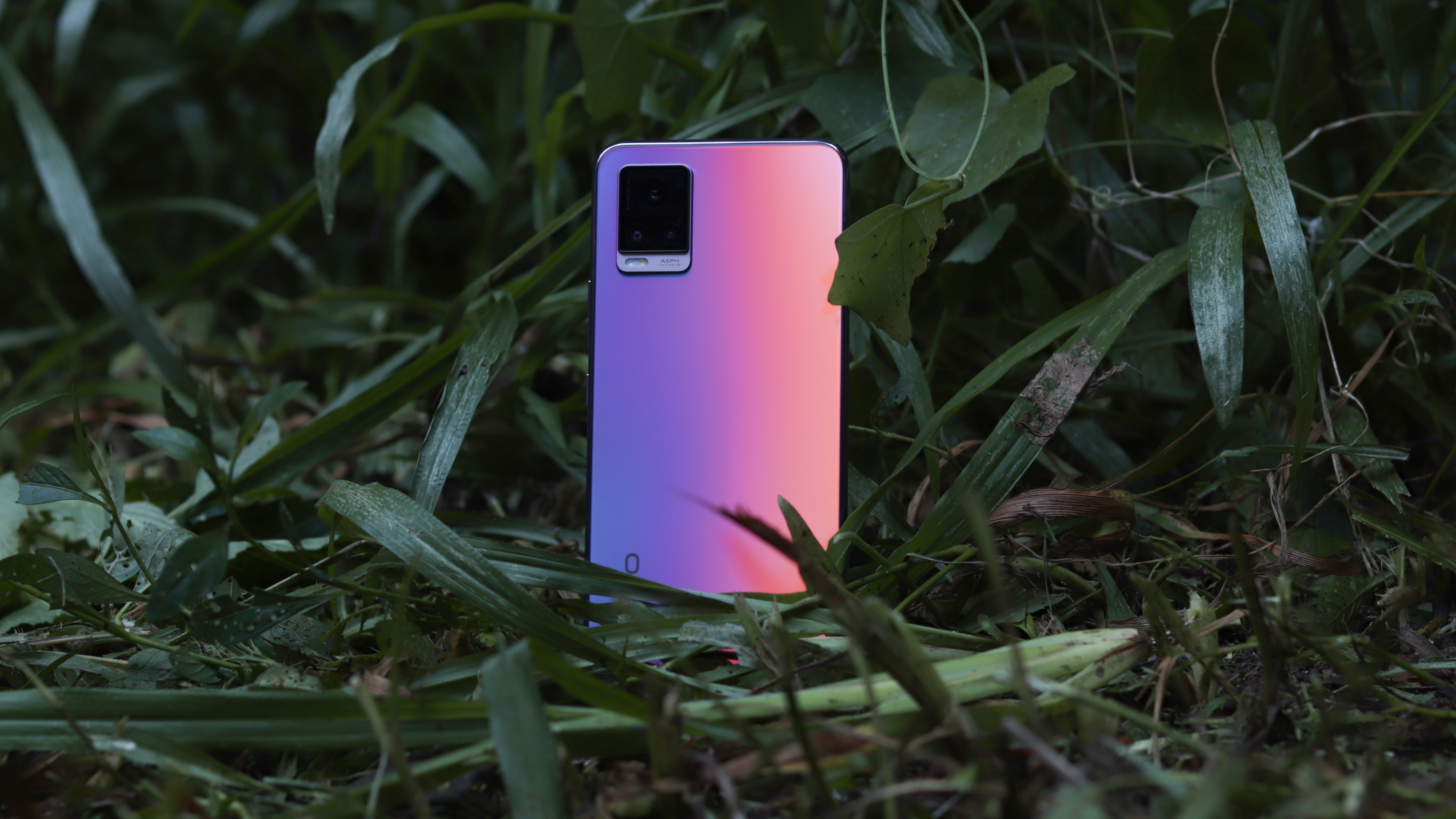
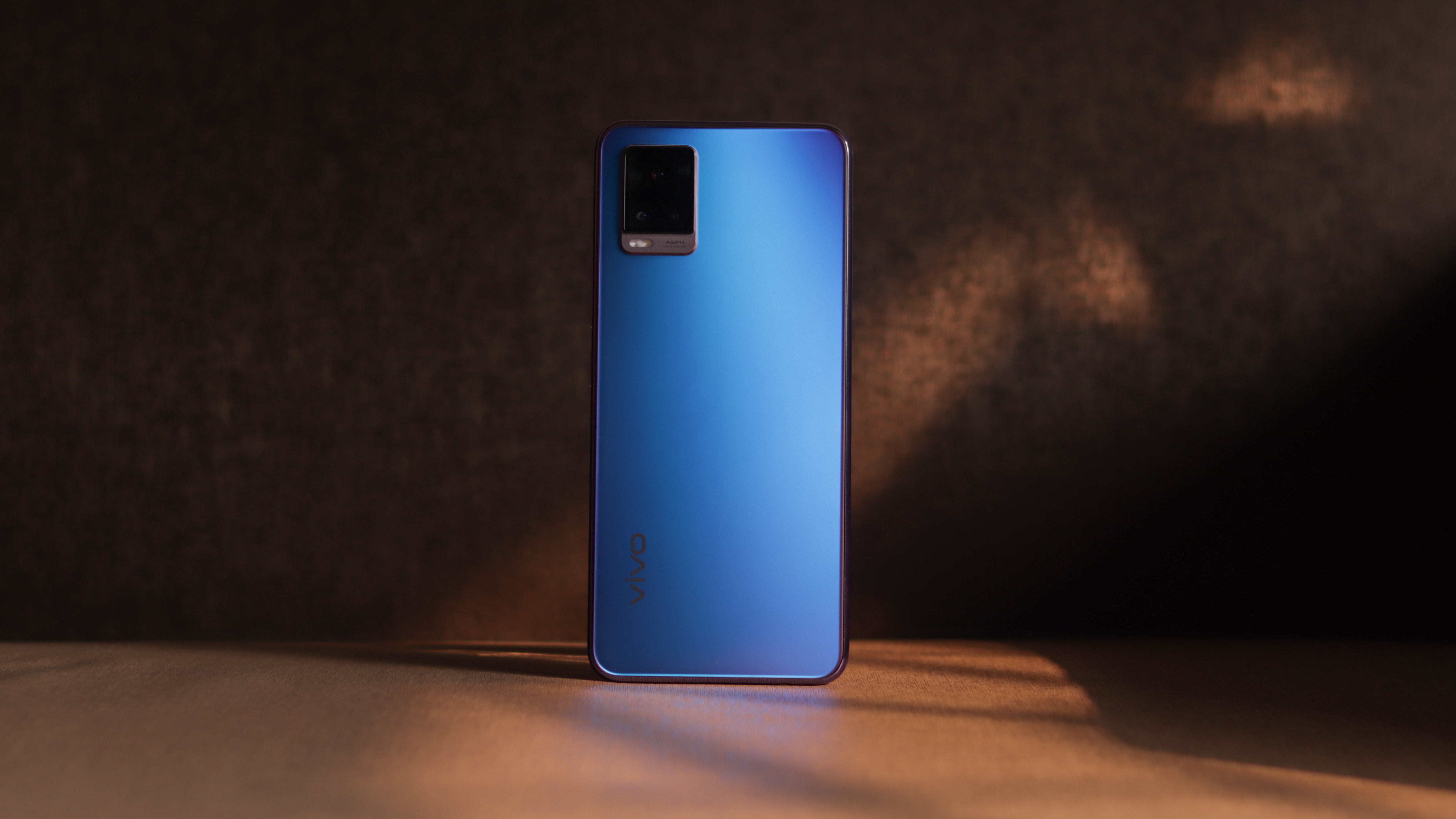
The Vivo V20 is like the hipster sibling of the Vivo X50 Pro. It borrows the same glass sandwich design and a rectangular brushed metal camera housing and anti-glare finish. However, the two phones are on the opposite ends of the catchiness spectrum solely on the basis of the colours.
The Sunset Melody colourway of the Vivo V20 is slightly weird and extremely striking. There’s probably no other phone that offers so many colours at once. It’s definitely an acquired taste — not easy to carry but definitely stunning. In fact, I don’t even know if the phone has an actual base colour which then shifts to the others. Sometimes, it is a soft blue to orange gradient from left to right, while at other times it’s a rich reddish-orange or a deep purple. The colour range is insane, and something that you’ll need to see to fully understand. There are also two other grey finishes available but they are nearly nowhere as fun.
Describing the Vivo V20's colour is a task on its own.
With a thickness of just 7.38mm and a weight of 171 grams, it is one of the more compact phones currently available. The former might not be that easy to feel as the back doesn’t curve or taper to the sides, maintaining the same thickness throughout. Regardless, when it comes to ergonomics, it scores high.
Even the camera module is rather iconic with the two-step setup making a comeback. The first level has the flash module amid a metallic frame while the lenses are in a layer above. I like it because of how different it looks, but people have had mixed reactions.
Display
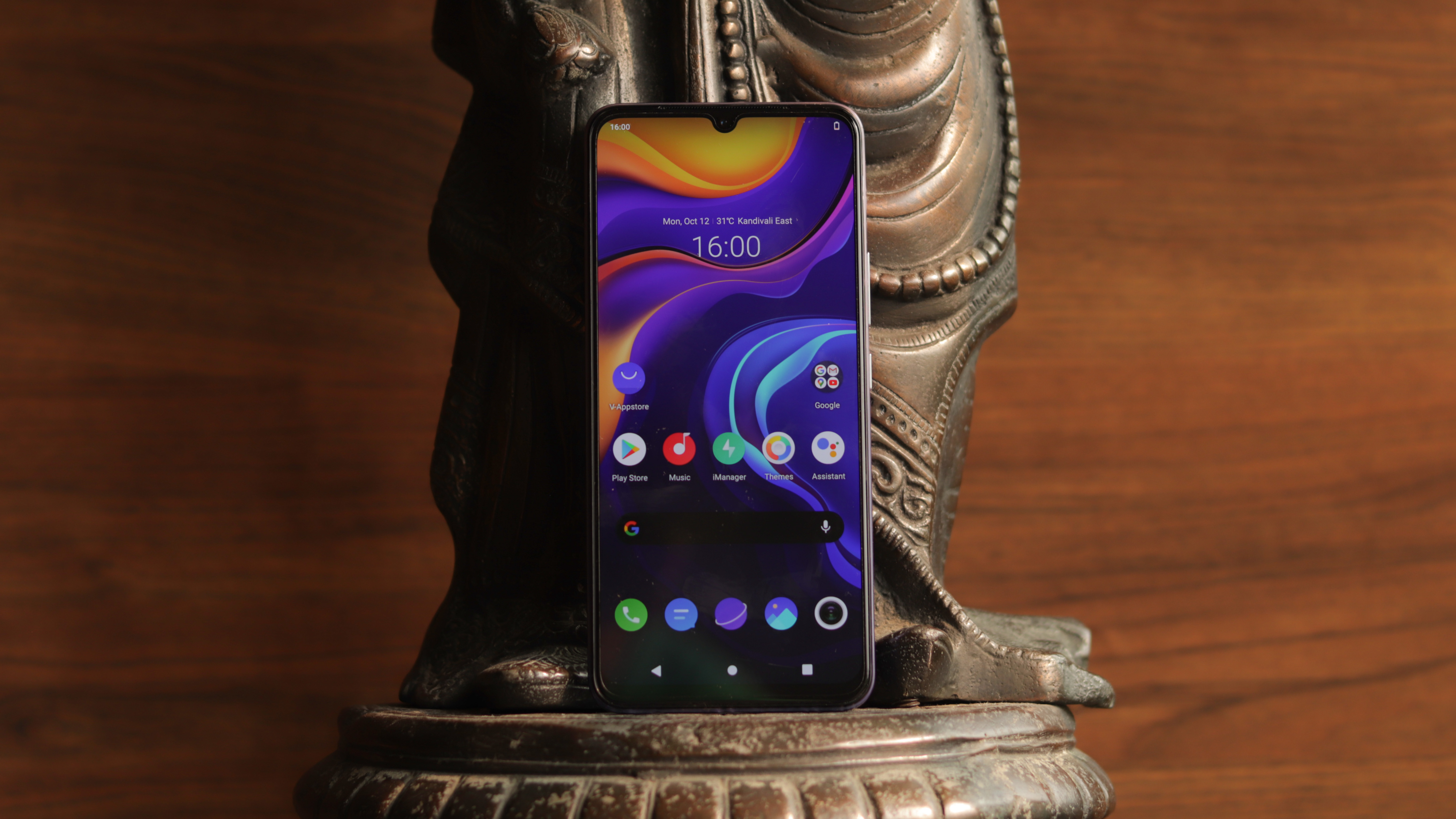
From extraordinary to ordinary, the Vivo V20 offers a 6.44-inch E3 AMOLED display with a Full HD+ resolution. It has a dated waterdrop notch cutting in from the top and a sizeable chin on the bottom.
While the colours are vibrant and the sharpness is plenty, the max brightness was unsatisfactory. Indoor use will be fine but sunlight legibility was a little difficult. The refresh rate is also just 60Hz, which is lower than the competition. It might not be a big deal for everyone but was worth mentioning.
Apart from that, there’s an in-display fingerprint scanner. The panel is also HDR10 capable.
Performance
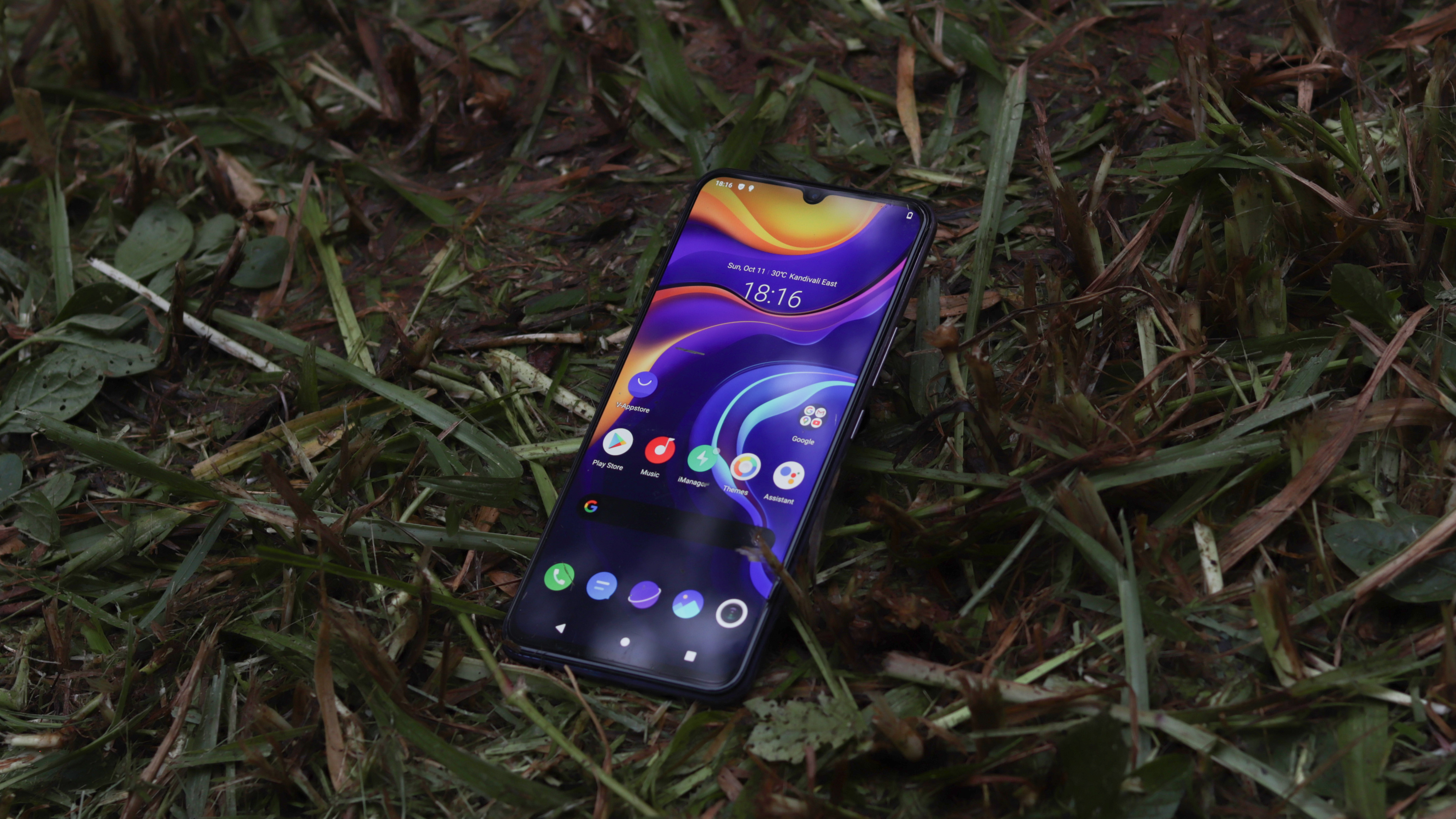
When it comes to internal specifications, the Vivo V20 is powered by the Snapdragon 720G chipset along with 8GB of RAM. While this isn’t the best chipset for the price, it is more than capable for regular tasks. In fact, this is probably the first time a V series phone runs on the latest silicon from Qualcomm.
In our limited time with the phone, the performance seems up to par. Heavy gaming or photo editing could change our opinions. The same chipset powers phones such as the RedmiNote 9 Pro Max and the Realme 6 Pro.
Software
In most countries, the Vivo V20 is the first phone to run Android 11 out-of-the-box. More interestingly, the older Funtouch OS interface has been done away with, in favour of a much cleaner software skin.
This means that the elements such as the notification shade, quick toggles and the app drawer are where you’d expect them to be. Vivo was the last OEM to continue using a bloated and confusing skin, so this is a very welcome change.
There’s a fair bit of customization possible too, in case you still prefer the older ways. Additions such as the Jovi smart screen on the left of the home screen continues to be here.
We’re yet to discover the smaller features and tweaks brought by Funtouch OS 11, but even without that, it is finally a skin that we no longer need to warn potential consumers about.
Battery
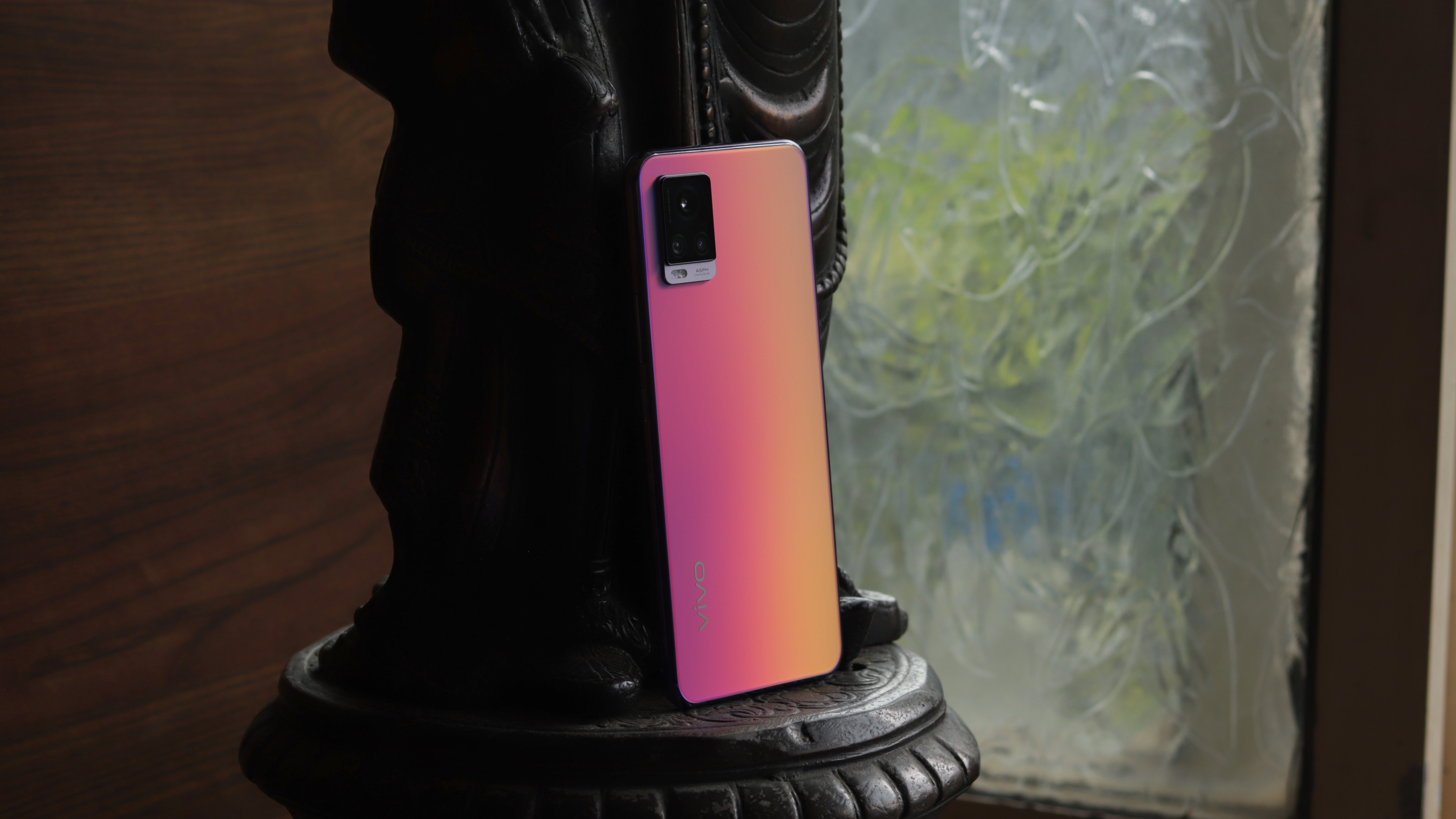
The petite form factor of the device means that the Vivo V20 gets only a 4,000mAh battery. It’s average in size but the competition is now beyond the 5,000mAh threshold. Funtouch OS used to be pretty sparing on the battery, but we will need to test it further to see if the Android 11 build changes that.
Thankfully, a 33W FlashCharge adapter is included with the phone, taking it from 0 to 60% in about 30 minutes.
Camera
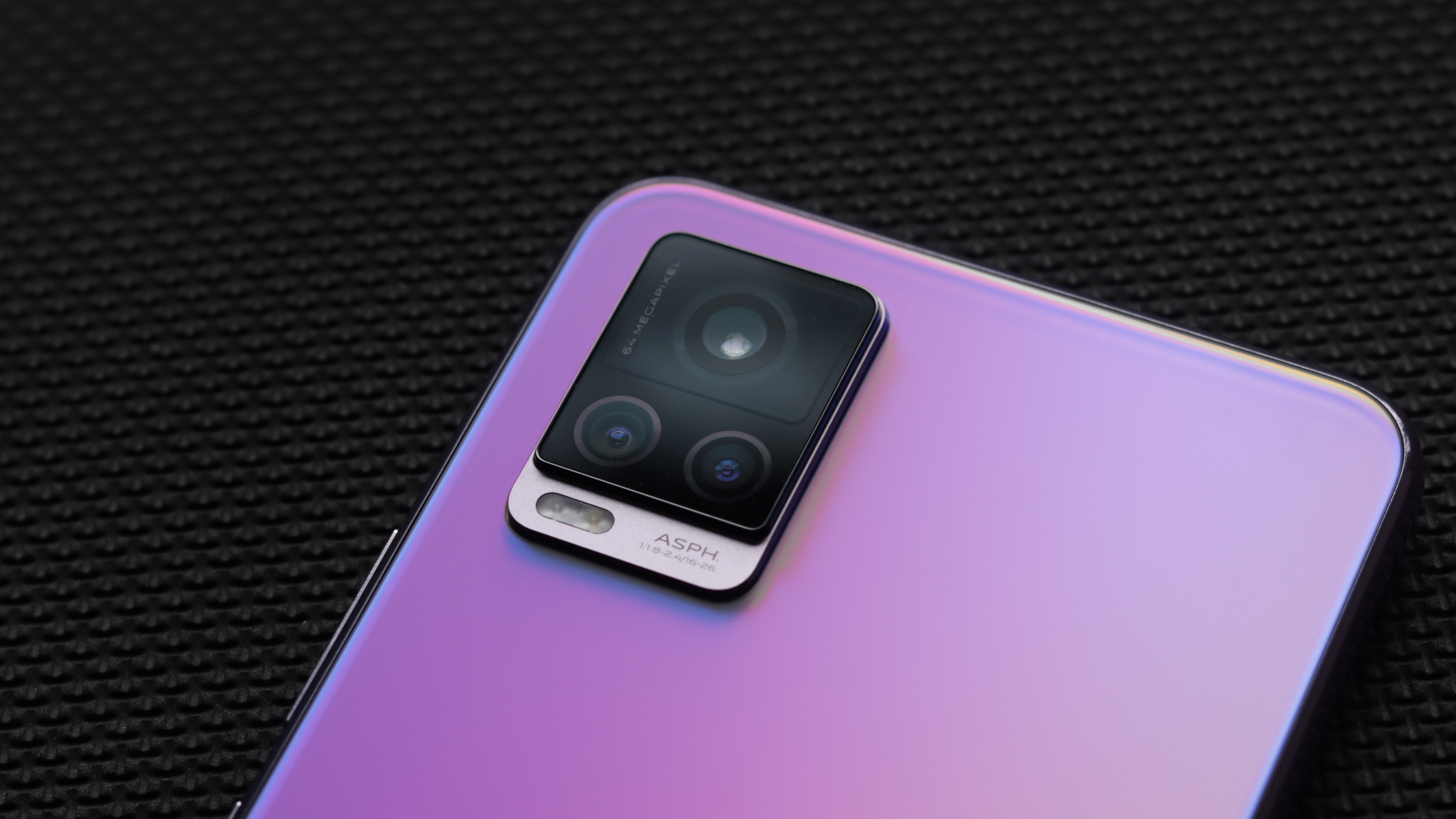
Vivo is betting big with the cameras on the V20, especially the one on the front. There’s a 44MP f/2.0 (Samsung ISOCELL GH1) camera on the front. The unique feature is the ability to smartly focus on the eyes. It does this by identifying the T-structure of the face and then locking in. The lenses physically move to be able to focus on eyes from distances as close as 15cm to infinity. For context, most selfie cameras have an optimal operating range of 30-45cm.
Not just that, it comes with a barrage of shooting modes such as 4K video recording, slow-mo selfies, stabilization, dual-view video, night mode and a few others. On the back are three other cameras: a 64MP primary shooter, an 8MP ultra-wide lens that doubles as a really capable macro shooter and an 8MP mono lens.
Full disclosure: I value the rear cameras a lot more than the selfie camera, and that’s what my scoring is likely to reflect. But from the looks of it, we might just be looking at the most complete front camera experience on a smartphone.
Early verdict
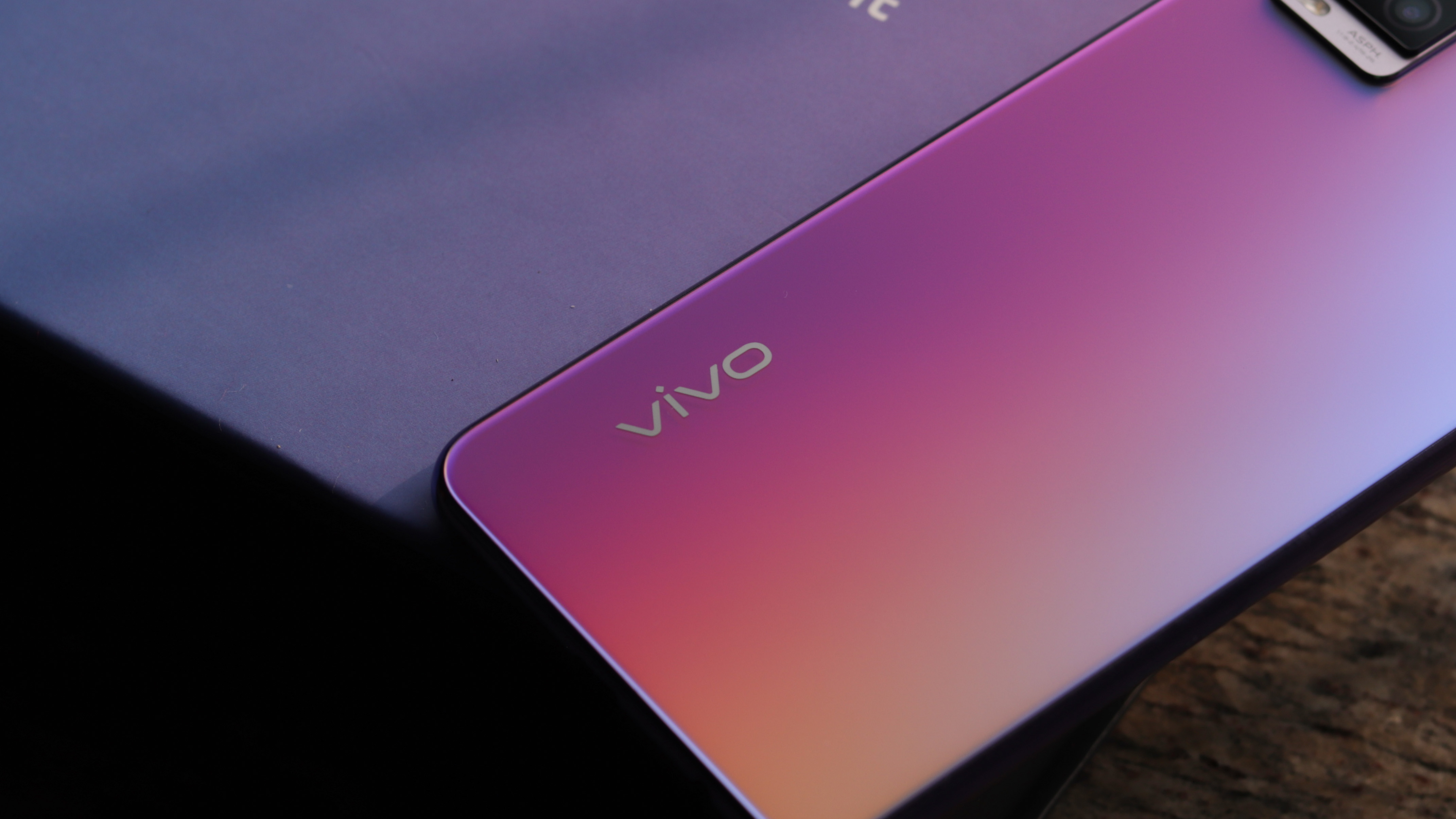
There are some phones that look to be all-rounders while some others prefer to prioritize certain aspects. The Vivo V20 is a part of the latter camp and has a specific user on mind. If your usage revolves around content creation using the front camera, you prefer your phones to look unique and miss the days when phones were pocketable, this might just be your best options.
For everyone else, the OnePlus Nord is a great alternative with a nice 90Hz display and clean software. The Galaxy M51 offers a trademark Samsung experience along with the best battery life on the market. And if you want a versatile set of cameras, the Realme X3 SuperZoom should serve you well.

Check out the Vivo V20 on Flipkart
128GB: Rs 24,990 | 256GB: Rs 27,990
Colours: Midnight Jazz, Moonlight Sonata, Sunset Melody
Comments
Post a Comment